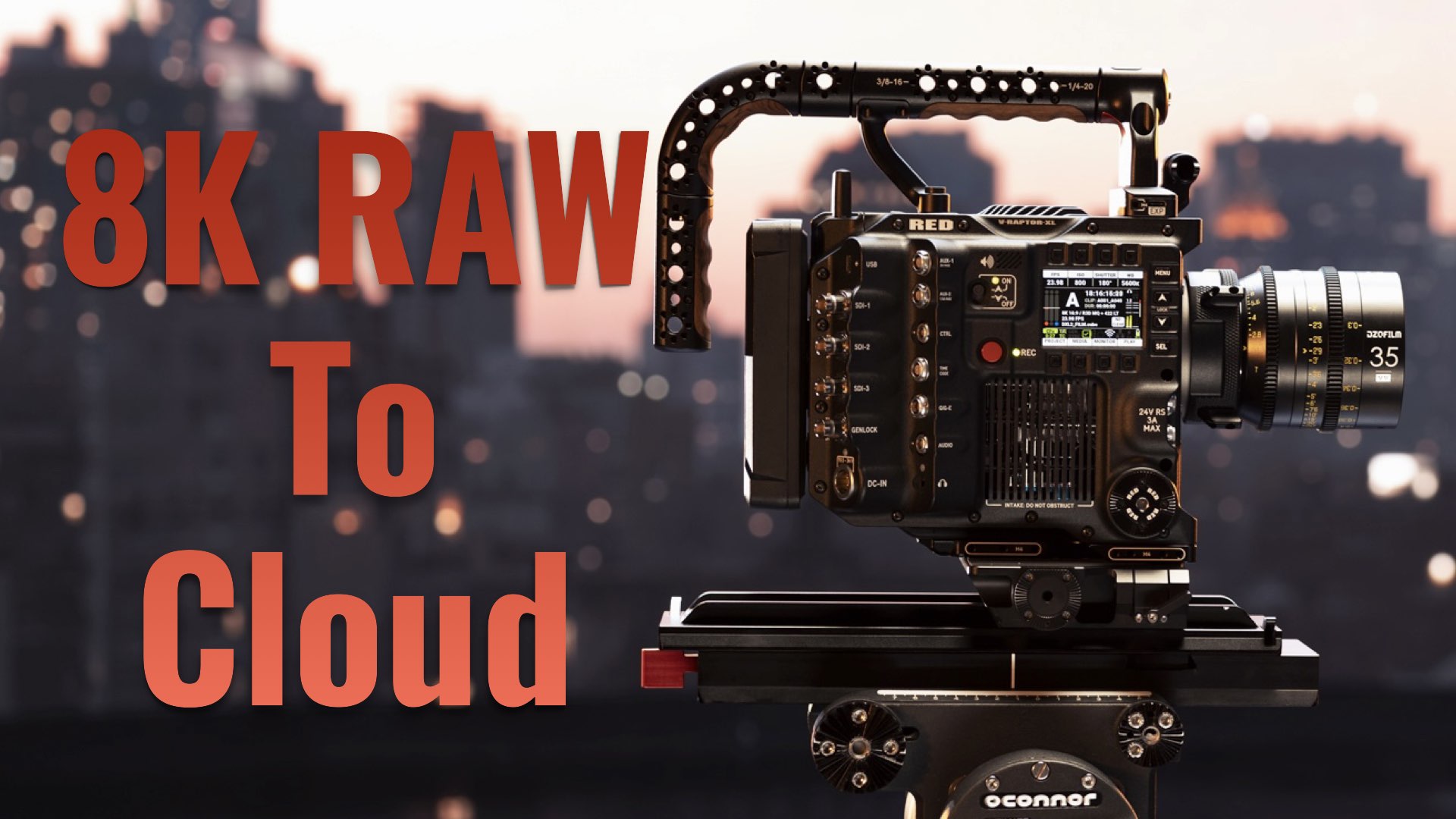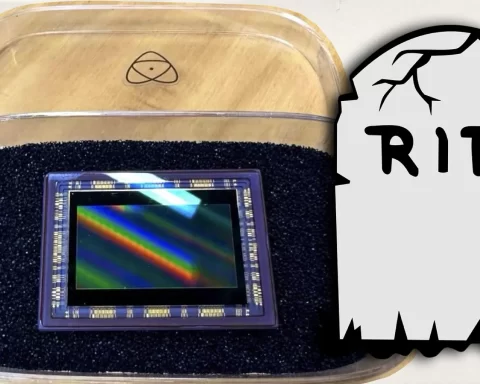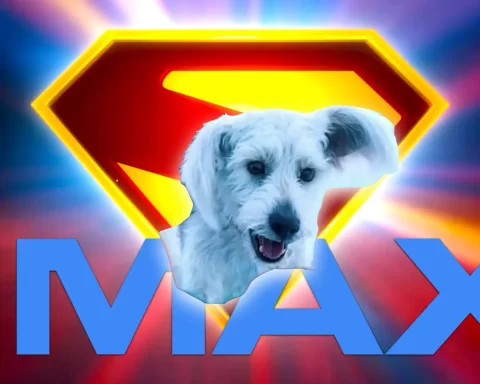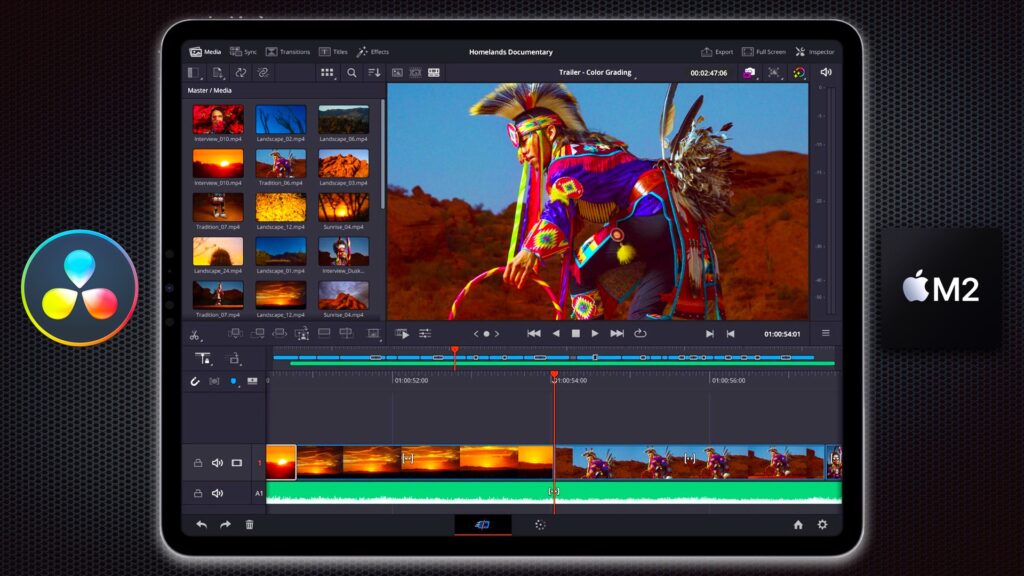Adobe announces the enhancement and improvements of the C2C (Camera to Cloud) frame.io capabilities in the RED V-Raptor and Raptor XL. Now, the C2C integration will be built-in to those cameras in order to upload 8K RAW straight to the cloud. But, it depends on bandwidth (obviously).

Enhancing collaboration
Till now, Adobe’s Camera to Cloud (C2C) integration (via frame.io implementation) was allowed with two hardware partners—Teradek for video and Sound Devices for audio. Adobe claims that more than 5,000 productions have used the service in order to dramatically increase the speed of creative collaboration and the flexibility of their workflows, especially in high-end productions that demand professional workflow. However, Adobe has announced today, that this ability will be baked-in in the RED V-Raptor and XL cameras — with no added hardware.

No extra hardware is needed
As stated by Adobe: “Today, at Adobe MAX, we’re announcing the next leap forward in connecting cameras to the cloud. New partnerships with RED and Fujifilm (which will be explained later) are now removing the barrier of needing to physically move media. With the Camera to Cloud integration now built directly into the cameras, we’ve taken the next step toward the cloud-based workflow we’ve been envisioning—no additional hardware, and no hard drives required. This is more than just a technological first—it’s a snapshot of the way every creative will work in the future”.
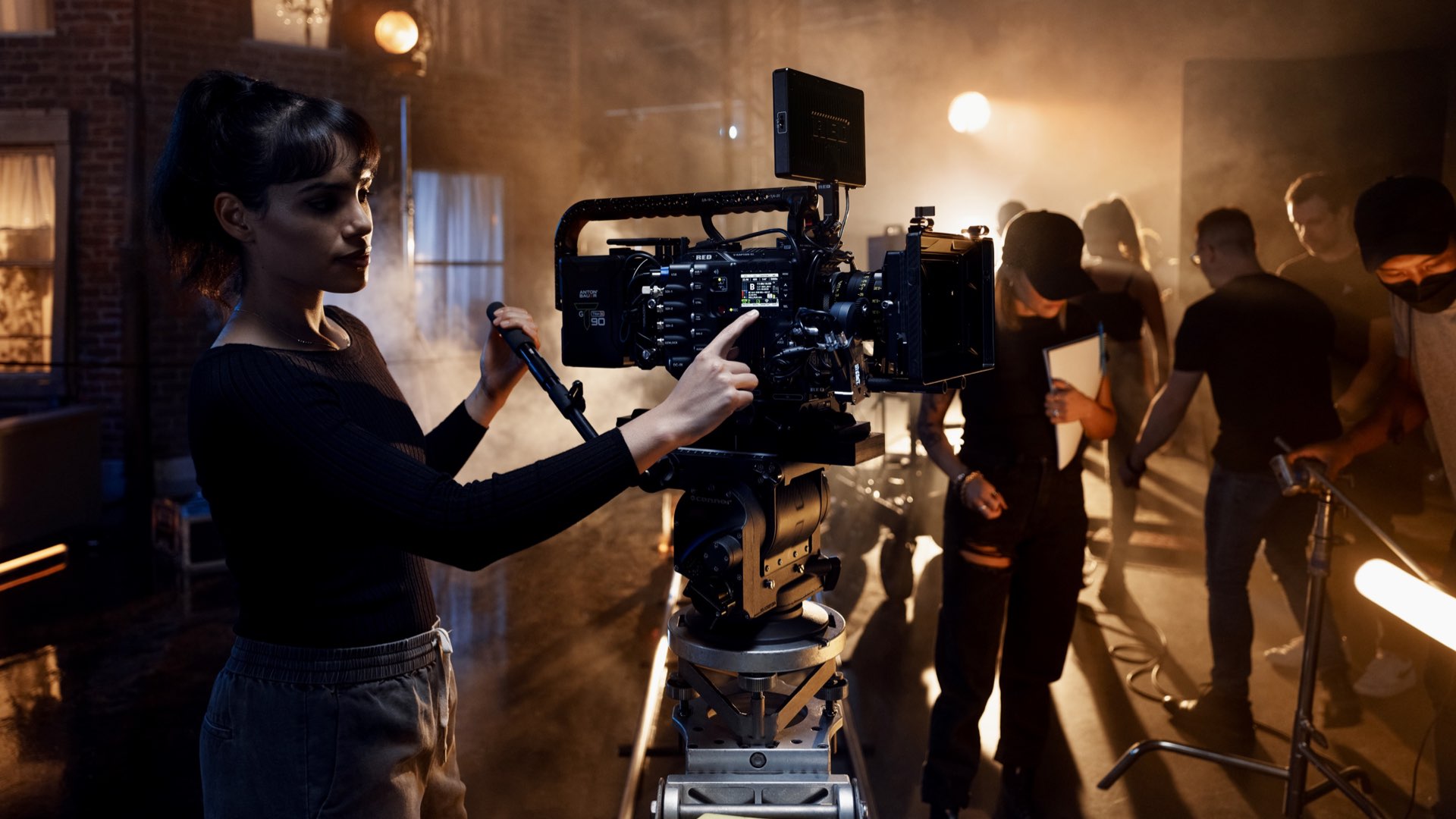
RED V-Raptor and V-Raptor XL
Adobe continues and says: “Since day one, RED cameras have been C2C enabled through the use of the Teradek CUBE 655. But with this new innovation (available in late 2022), the RED V-Raptor and V-Raptor XL are able to upload 8K REDCODE RAW files directly to the cloud from the camera”. If so, there’s no need to purchase another hardware, since the integration will be built in via firmware hardware.
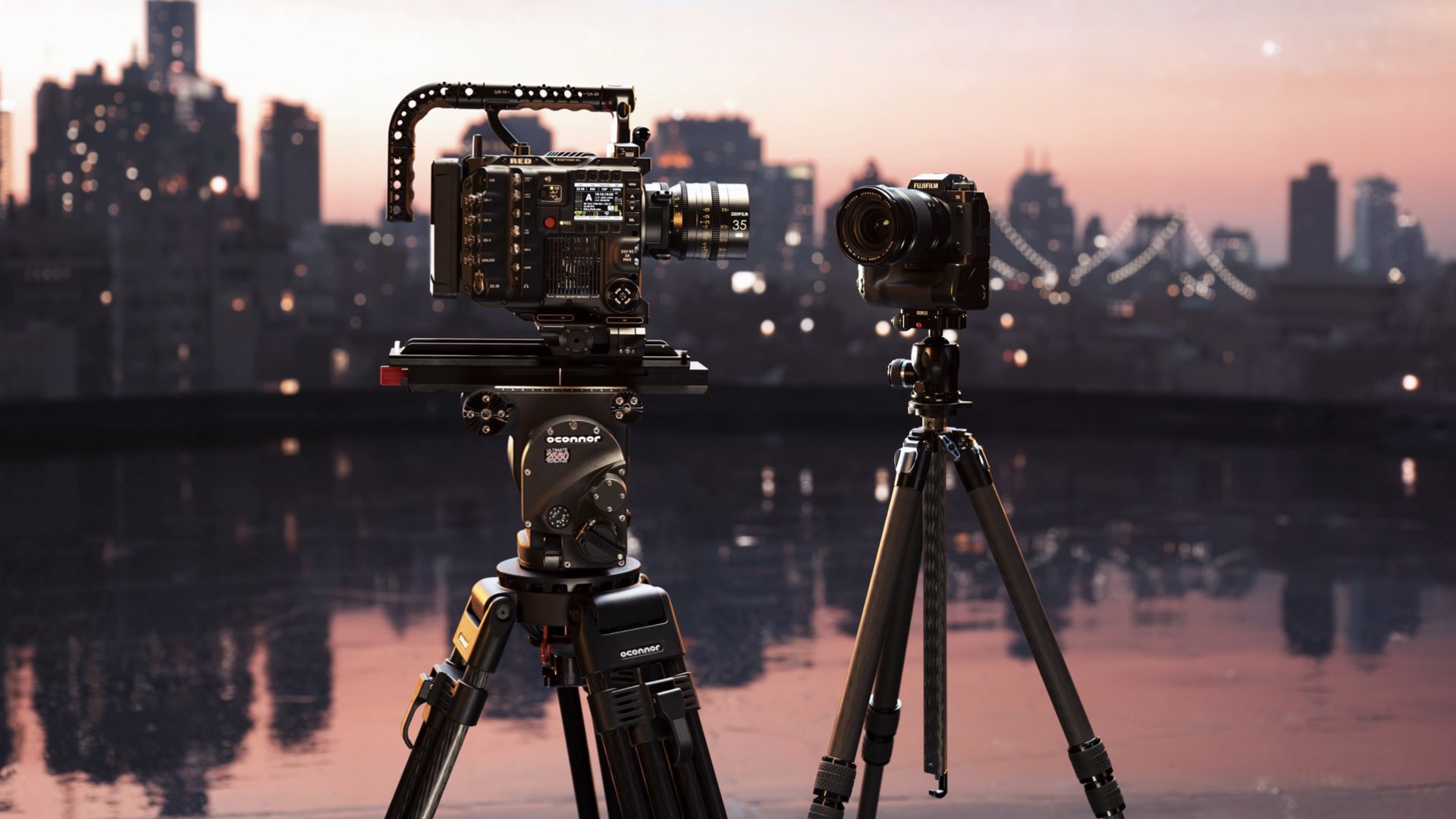
What does it mean?
This means you’ll be able to shoot 8K RAW with a frame-accurate ProRes proxy and upload the 8K RAW, the proxy (or both) as fast as your internet allows. Moreover, your raw camera footage will be instantly backed up and accessible to anyone without downloading or shipping a drive. So besides enhancing the 8K RAW workflow, the crucial backup process will be easier and faster as well.

But- it depends on the bandwidth
Adobe emphasizes that this functionality will require access to high-bandwidth networking (wireless or ethernet). Nevertheless, Adobe adds that this Camera to Cloud with RED V-Raptor and V-Raptor XL unlocks the “Biggest workflow improvement in more than a decade and begins to remove the delays every creative team has been accustomed to with shipping drives”. This feature aims for productions that want the highest quality dailies, RAW video, and audio files, which can be synced, color corrected, and transcoded in the cloud through Adobe’s integrations with the help of frame.io technology. As mentioned, this functionality will be available in late 2022.

FUJIFILM X-H2S Integration as well
Furthermore, Adobe announced today an integration designed especially for the FUJIFILM X-H2S, which now is the world’s first digital stills camera to natively integrate with Frame.io Camera to Cloud. When paired with the FT-XH file transfer attachment to establish an internet connection, photography workflows will be fully cloud-based, with Frame.io supporting high-resolution RAW files with a loupe, navigation, and annotation tools. What’s also notable is that the X-H2S can upload ProRes and proxy video files as well. “You can shoot anything—from a wedding to a sporting event or live concert—send your photos (or video) to someone on your team so they can retouch the asset, and share it or post it without ever having to exchange a drive or camera card or any kind of physical media” Adobe states. This expected firmware release date for both the X-H2S & FT-XH is Spring 2023.
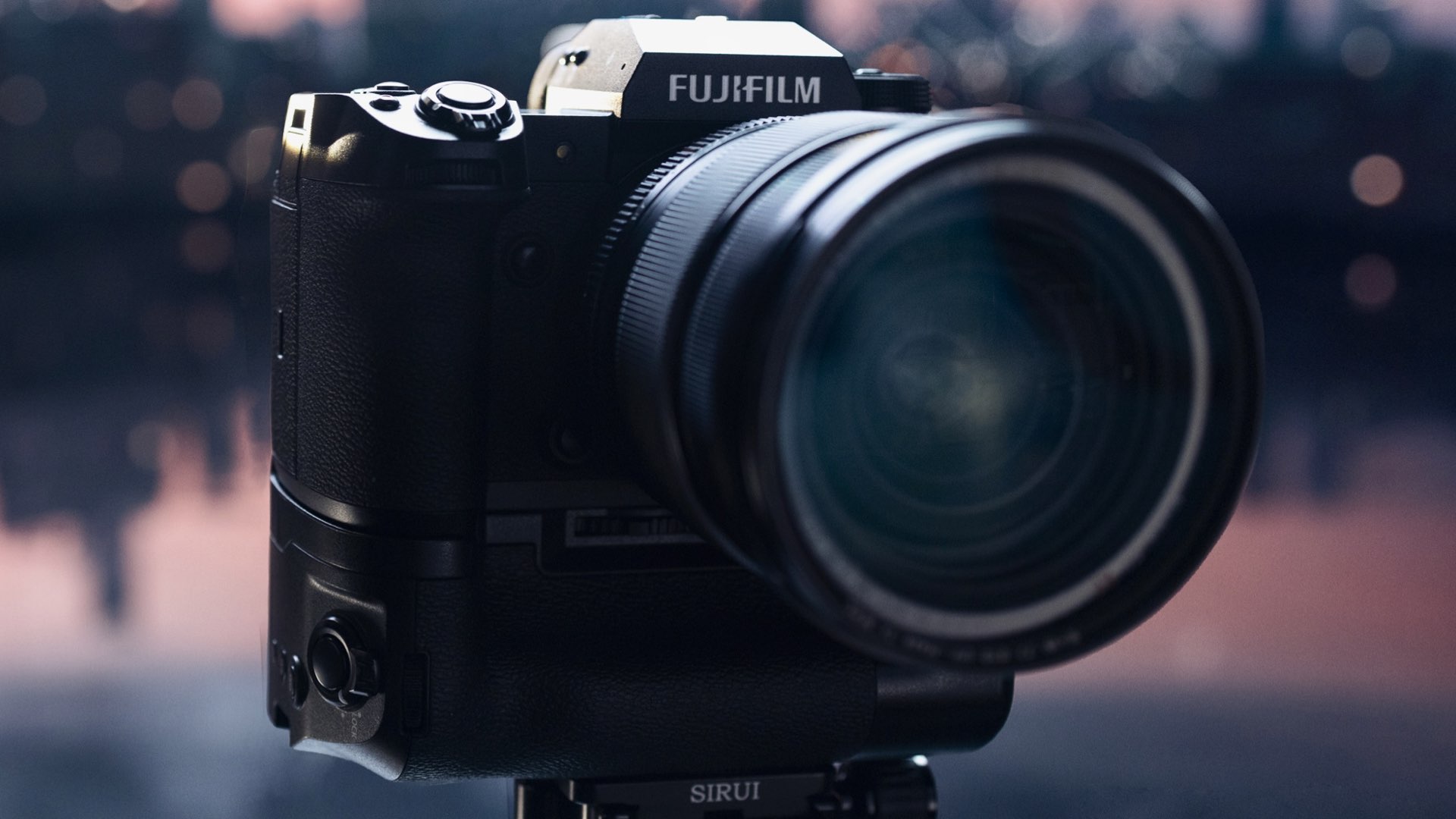
Initial thoughts
First, technology-wise, this solution is solid and very impressive. However, as explained, the bandwidth is the main bottleneck here. Adobe justifies it by saying: “As bandwidth improves, the expectation for immediate access to footage will become the most vital component to an efficient workflow. By evolving the technology to include in-camera automatic file transmission, we’re making enormous strides toward accomplishing this goal for productions of all types, sizes, and budgets”. But, an 8K RAW bitrate is about 300MB/s, and for that, you will need a lot of cloud storage, which is much slower and costs a lot of money. Productions will need to calculate their cloud-based workflow very carefully, compared to just shooting into physical media. Adobe doesn’t simulate and demonstrate the cost of shooting 8K RAW straight to the cloud. Not everything needs to be backed up as well. Furthermore, those hundreds of terabytes need to be stored somewhere on a physical drive (yes- the ‘cloud’ is a physical drive..don’t forget that). Nevertheless, it may work for a small portion of 8K RAW data, for VFX purposes or similar. Let’s know your thoughts about cloud-based 8K RAW workflow in a big project. Would you use it?

